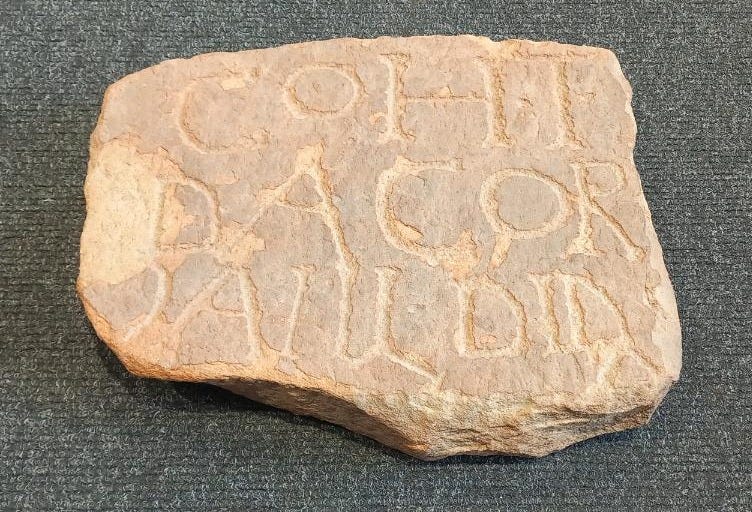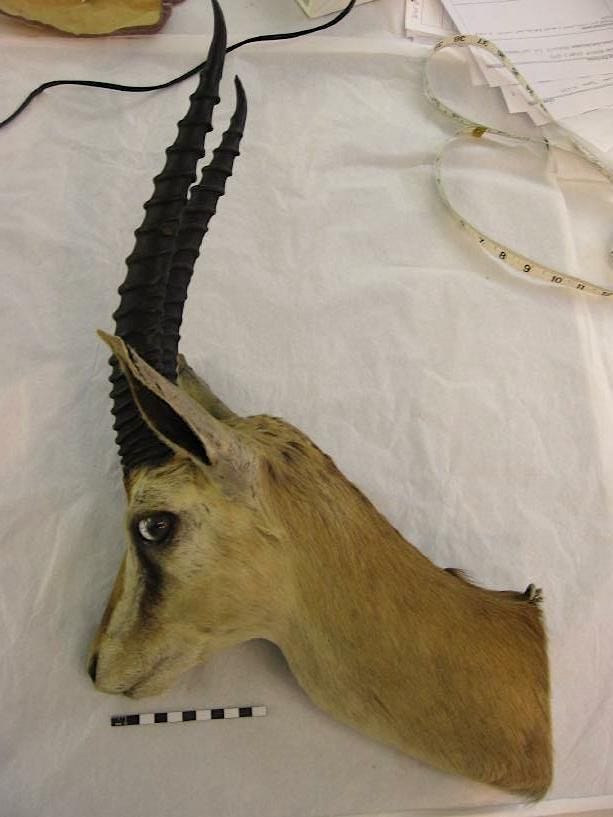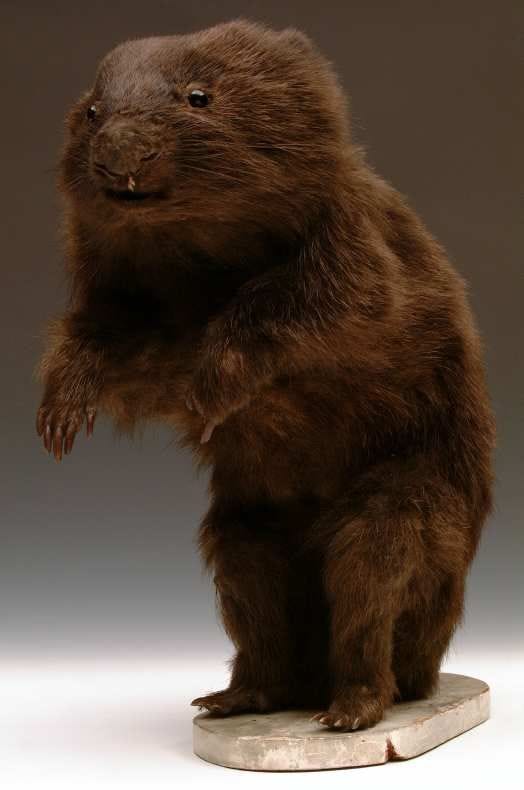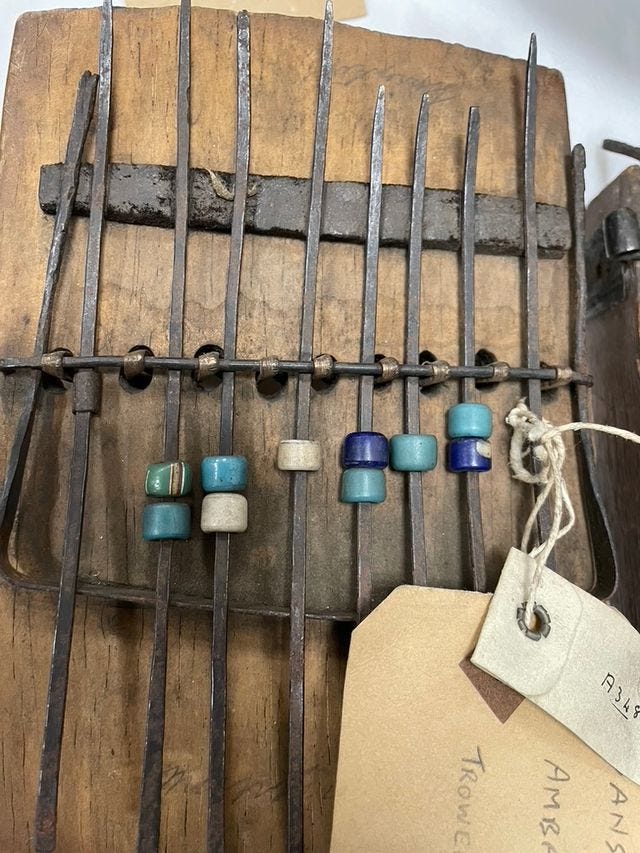New voices, old treasures: Museum reimagines 250 years of history
Museum explores new ways to present collection items as major gallery is revamped. Tony Henderson reports
A Big Game hunter’s trophy and now illegal birds’ eggs collection will be among items on show when a museum’s revamped gallery opens.
Newcastle University's Great North Museum: Hancock has worked with local community members on a project to reimagine one of its permanent galleries.
The Explore Gallery reopens this week (June 25) with fresh perspectives and stories about museum objects, which span natural history, archaeology, and ethnography.
The history of the collections at the popular museum spans more than 250 years.
Over 10 months, staff at the Newcastle city centre venue, including the front-of-house team, learning, community, and curatorial departments, collaborated with a steering group from local communities.
The group took part in sessions to uncover hidden stories and introduce new voices and perspectives to the gallery.
This collaboration led to three key themes for the gallery:
'Origins' looks at life on Earth over the past 300 million years, alongside the history of the museum; 'Empire' examines the human and environmental impact of empires across space and time; while 'New Perspectives' presents case studies from the collections to demonstrate how museums are changing through new research, community engagement and more transparency.
Among the objects on display will be Thompson's Gazelle, shot in East Africa by Abel Chapman, a North East hunter-naturalist active in the early 1900s.
While such trophy heads are linked to named collectors, obtaining them depended on skilled local men whose labour and knowledge went unrecorded. Teams of more than 40 men were employed on some of Abel Chapman's trips. Very little is known about them, other than scant details of a few of these individuals.
An unusual-looking wombat, the first to arrive in Europe, was sent to Newcastle by Captain John Hunter, the Governor of New South Wales, Australia in 1798.
Due to European assumptions at the time of its arrival, it was incorrectly mounted in an upright stance as it was believed it would have 'stood' like a kangaroo or similar. Wombats spend most of their time on all fours.
Also on display will be a Roman centurial stone (pictured at the start of the story), found near Denton Burn, Newcastle, with an inscription that reads: From the First Cohort of Dacians the century of Aelius Dida built this.
The inscription on the centurial stone – one of a series telling which units built sections of Hadrian's Wall – shows that the Denton stretch was built by the First Cohort of Dacian troops commanded by Aelius Dida.
The Dacian unit originally came from Dacia, now part of modern-day Romania and at one time formed part of the garrison at Birdoswald fort near Gilsland.
Visitors can explore a collection of lamellophones, musical instruments with a rich history rooted in Africa. The Kankobela, played by the Lala, Tonga, and other Zambian communities, is used for storytelling, reflection, and personal enjoyment. The songs often carry coded meanings, social advice, or memories, reflecting local language, humour, and lived experience.
The Likembe reflects musical traditions that originated in the Lower Congo River region and spread widely through porters, soldiers, and labour migrants during the 19th and early 20th centuries. Among the Amba and other communities, it was used for storytelling, self-expression, and musical companionship on the road.
A collection of British birds' eggs from the 1950s will also feature, reflecting a time when egg collecting was still legal – a practice now banned under the Wildlife and Countryside Act (1981). The shape, size, and markings of each egg offer clues to the birds' lives, while their presence in museums today reveals how attitudes to wildlife have profoundly changed.
Malavika Anderson, museum manager, said: "This project represents a new way of working for us at the museum. As a community-led project, it has allowed us to look more closely at our collections from new perspectives. It has challenged us and inspired us.
“It would not have been possible without the passion, commitment and enthusiasm of all the project participants, the designer, teams at the museum and partners. We are very excited to now share this space with our visitors.”
The updated Explore Gallery was made possible with funding from the Esmée Fairbairn Collections Fund, managed by the Museums Association, with knowledge contributed by the Natural History Society of Northumbria and the Society of Antiquaries of Newcastle upon Tyne and Newcastle University. The gallery was designed by Abi Wright.





